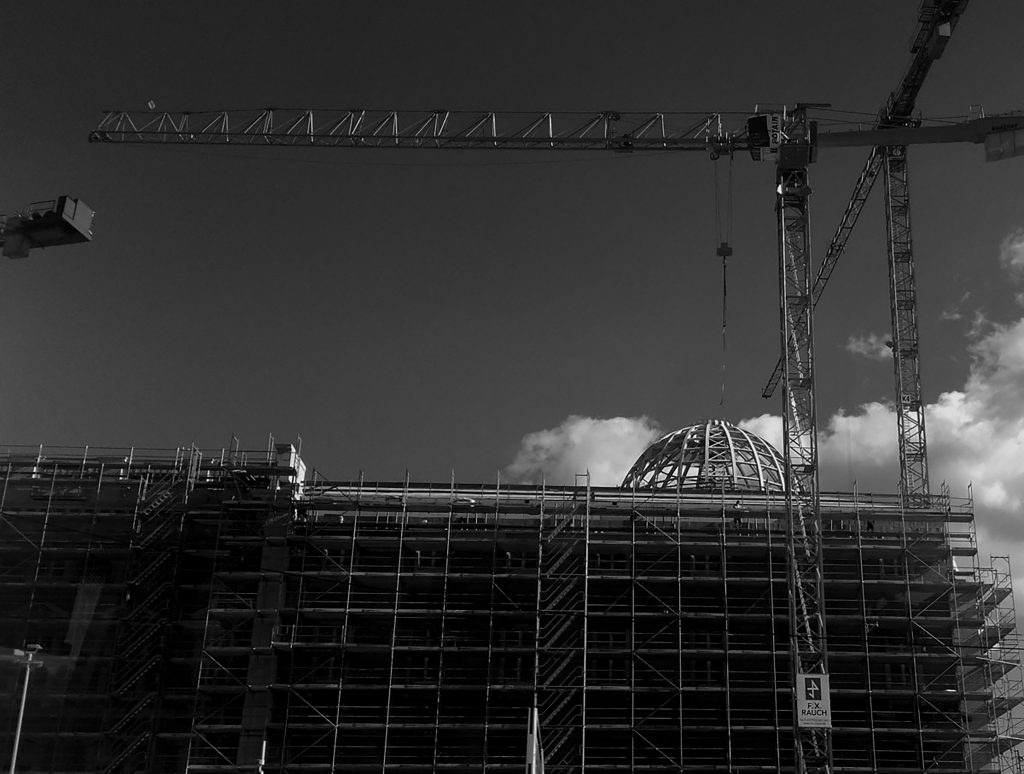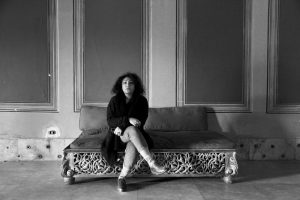YARA MEKAWEI: 1963
ZUIHITSU
QUIRKY THOUGHTS COLLECTION
Essays, personal stories and curiosities from our guest fem人le contributors
YARA MEKAWEI: 1963
Architectural acoustics (as well known as room and building acoustics). The science and technology of achieving precisely appropriate sound within the bounds of a building represents the acoustical atoms within the structures. Architectural acoustics can be about achieving good speech intelligibility in a theatre, restaurant, or railway station, enhancing the quality of music in a concert hall or recording studio or suppressing noise to make offices and homes more productive and pleasant places to work and live in.
Architectural acoustic analyzes sound transmission from building exterior envelopes to the interior and vice versa. The main noise paths are roofs, eaves, walls, windows, doors, and penetrations. Sufficient control ensures space functionality and is frequently required based on building use and local municipal codes.

There’s an invisible architecture, a sonically perceived space that is not necessarily dependent on visual stimuli. In that sense, sound design is about combining the supposed acoustic characteristics of visual volume. Also a way of altering the narrative and emotional aspects of a story. Converting the space itself in terms of a character, a circumstance, a specific event, or a certain sensation of place. That way of cracking the subjective-objective and diegetic-non-diegetic dynamics, there are in fact so many creative possibilities, an architectural process of sound present.
It is about accompanying the visual, establishing alterations and contemporary perceptions of the spatial dimension. Getting into a virtual sonic architecture, an imaginative conception of space that is not merely physical in terms of the context, but audible and perceptual. Aiming to be open to various aspects of the space itself either acoustic or acousmatic. Constructing a space between both conceptions to develop a game among fidelity towards the visual, causal, or narrative. Expansion of those elements itself by including their own characteristics, as a way of altering the landscape from the soundscape.


A prolific artist and scholar, Mekawei‘s sonic bricolages draw inspiration from the dynamic flow of urban centers and the key infrastructure of cities. Interested in the philosophy of architecture, social history, and philosophical literature. Mekawei implemented the optical transaction from the musical conversation and transferred the sound waves to visual forms. Her work is based on sound as an essential tool of vision, the philosophy of composition is shaped by sophisticated practices that convey messages of the conceptual dimension to the public. Mekawei is a research-based practice humbly proposed in history, intimately connecting the ideology of the mythic past to the developed technology of the eternal present. She uses the research literature specializing in the social philosophies in her concepts. She naturally follows her ambitious projects through a research point of inseparably uniting one piece of work and the other, whose work shows an intangible aspect of her cultural identity and femininity in an East African society.
